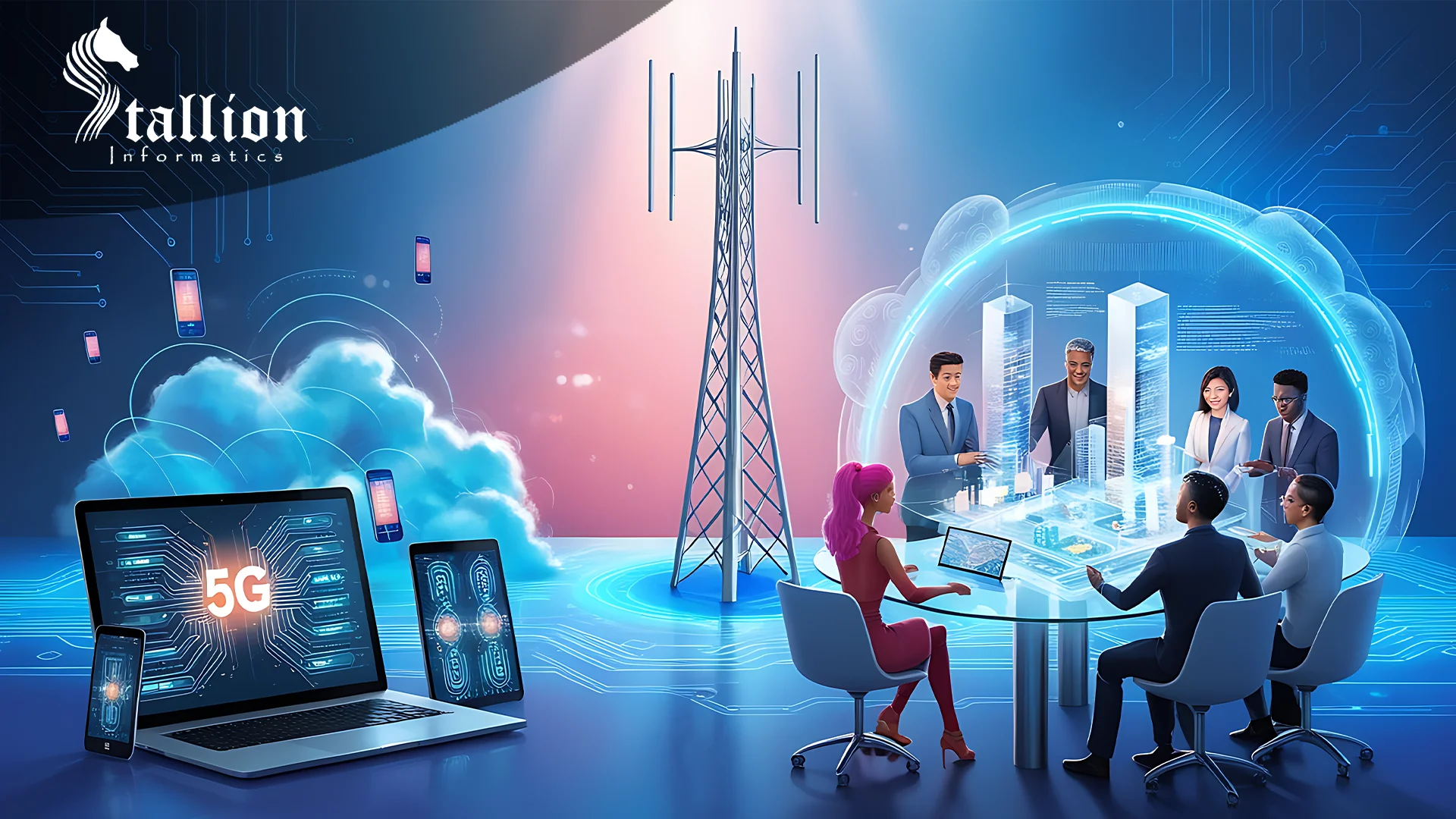The arrival of 5G networks marks a transformative milestone for IT and technology integration. This next-generation network offers ultra-fast data speeds, low latency, and unparalleled connectivity, empowering industries to innovate like never before. 5G networks are revolutionizing IT and technology integration, enabling businesses to deploy smarter solutions, enhance operations, and unlock unprecedented possibilities. This blog delves into how 5G networks are reshaping IT systems and fueling seamless technology integration across industries.
1. What Are 5G Networks and Their Key Features?
5G networks are the fifth generation of wireless technology, designed to meet the demands of a hyper-connected world. They provide speeds up to 100 times faster than 4G, enabling real-time communication and supporting billions of devices. Key features of 5G include:
- Enhanced Speed and Bandwidth: Supports high-definition streaming and data-heavy applications.
- Ultra-Low Latency: Ensures real-time responsiveness for critical IT operations.
- Massive IoT Connectivity: Seamlessly integrates multiple devices into IT ecosystems.
These advancements make 5G networks the foundation of future IT and technology integration.
2. Boosting IT Operations with 5G
The integration of 5G networks in IT is driving efficiency and innovation. With faster speeds and reduced latency, IT teams can:
- Deploy real-time monitoring and analytics.
- Enable remote workforces with seamless connectivity.
- Support AI-driven systems and cloud computing.
By harnessing the power of 5G networks for IT operations, businesses are optimizing workflows and ensuring consistent, reliable performance.
3. Enabling Advanced Technology Integration
One of the most significant impacts of 5G is on technology integration. Businesses can now integrate advanced technologies such as:
- Artificial Intelligence (AI): Facilitates real-time AI deployment for smarter decision-making.
- Internet of Things (IoT): Connects smart devices with minimal latency for cohesive ecosystems.
- Edge Computing: Processes data closer to its source, reducing delays and enhancing efficiency.
With 5G networks enabling seamless integration, businesses can achieve higher productivity and innovation.
4. Transforming Industries with 5G
5G networks are not just enhancing IT but are transforming entire industries, including:
- Healthcare: Enables telemedicine, remote surgeries, and connected health devices.
- Manufacturing: Powers smart factories with IoT-enabled automation and robotics.
- Automotive: Accelerates the development of autonomous vehicles and connected infrastructure.
The ability of 5G networks to drive technology integration across sectors is setting the stage for unprecedented advancements.
5. Challenges and Future Prospects
While 5G networks offer immense potential, businesses face challenges in deployment and adoption, such as:
- High infrastructure costs.
- Regulatory hurdles.
- Security concerns related to data transmission.
Despite these challenges, the future of 5G networks in IT and technology integration is promising, with ongoing innovations making networks more accessible and secure.
Conclusion: Embracing the 5G Revolution
5G networks are a game-changer for IT and technology integration, providing the tools needed to drive innovation, efficiency, and connectivity. By embracing 5G, businesses can transform operations, integrate advanced technologies, and lead in a competitive global market. As adoption continues to grow, 5G networks will remain the cornerstone of IT and technology integration, shaping the future of digital transformation.




